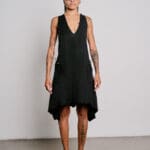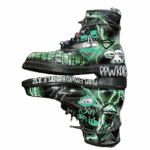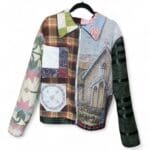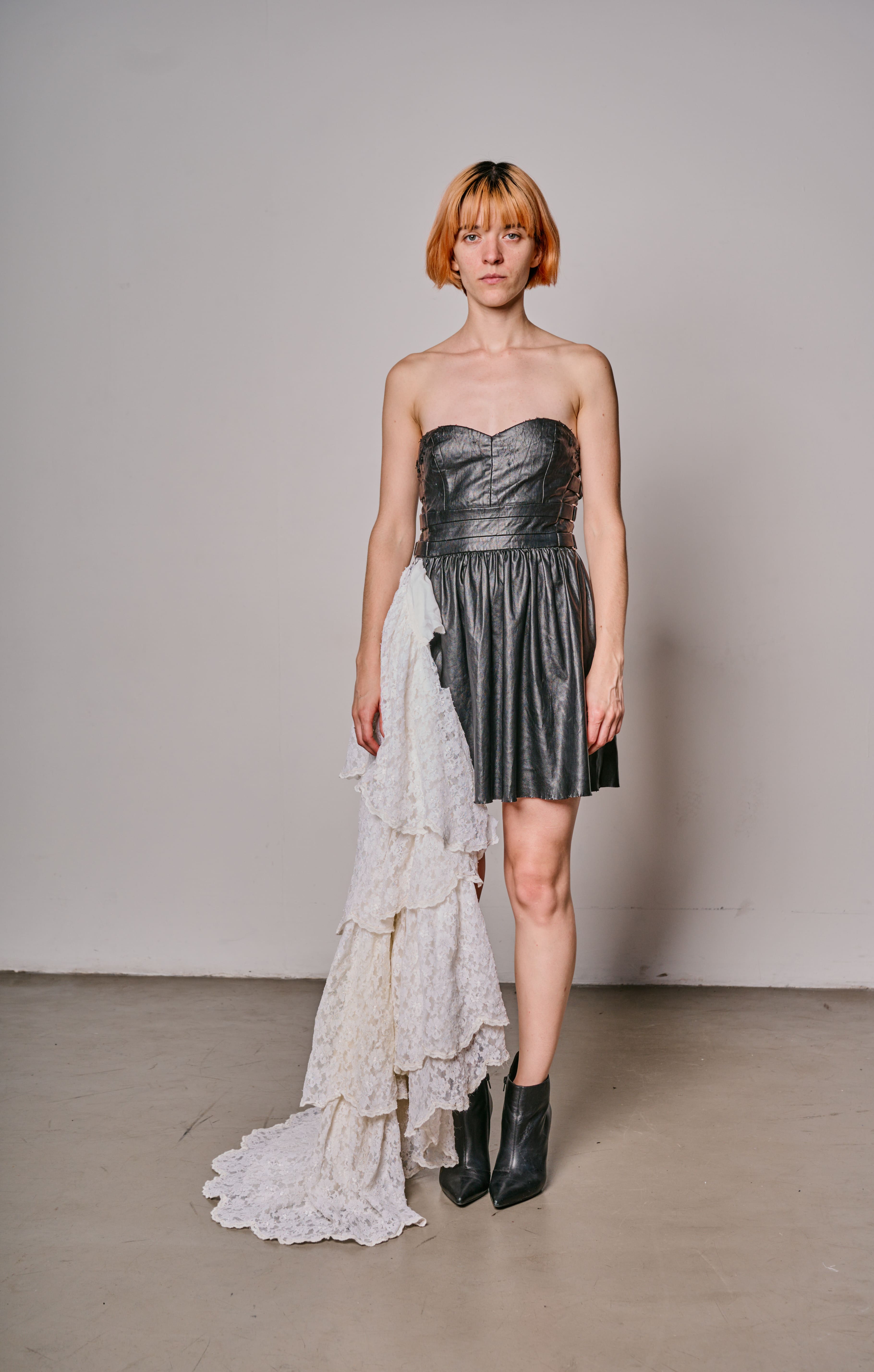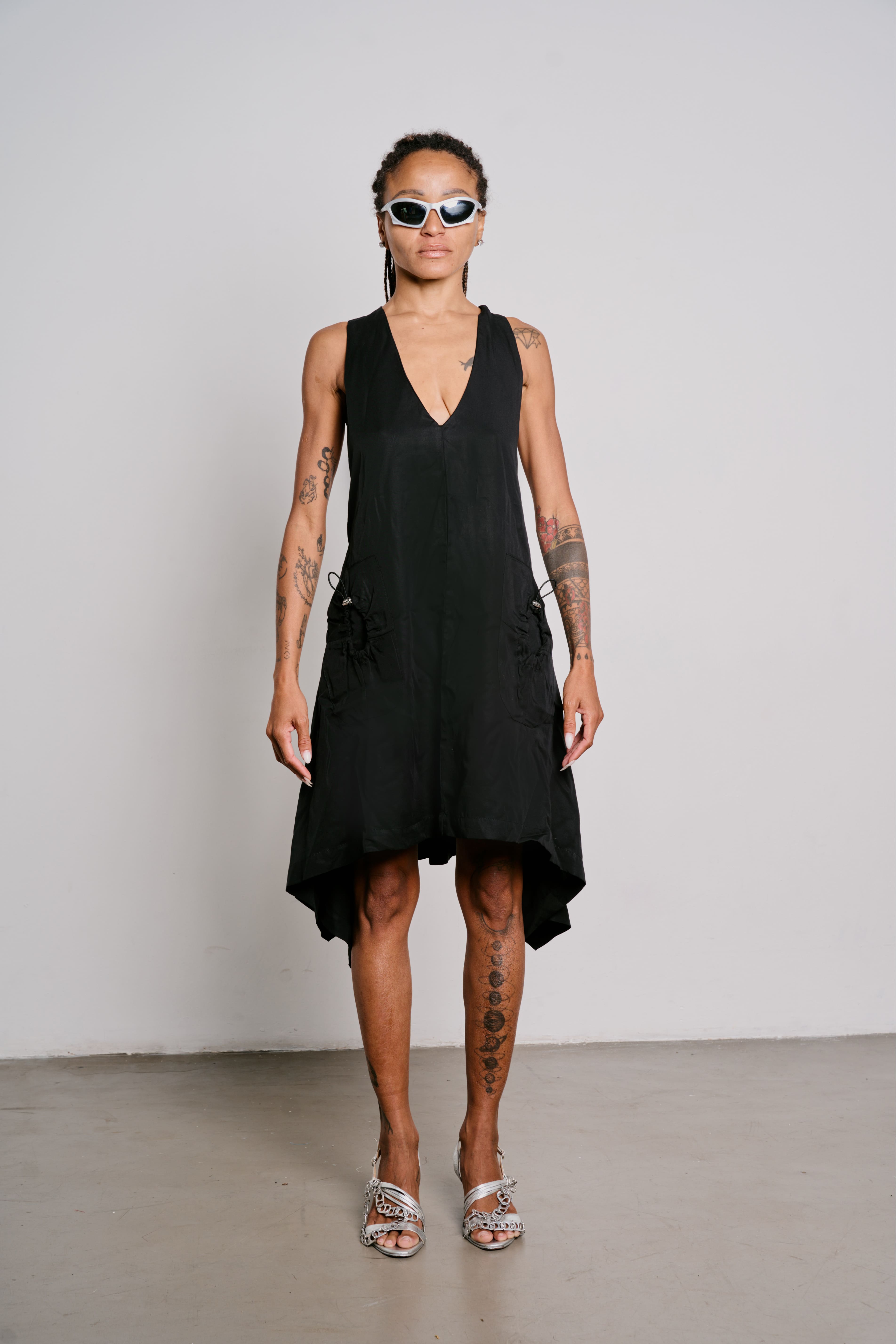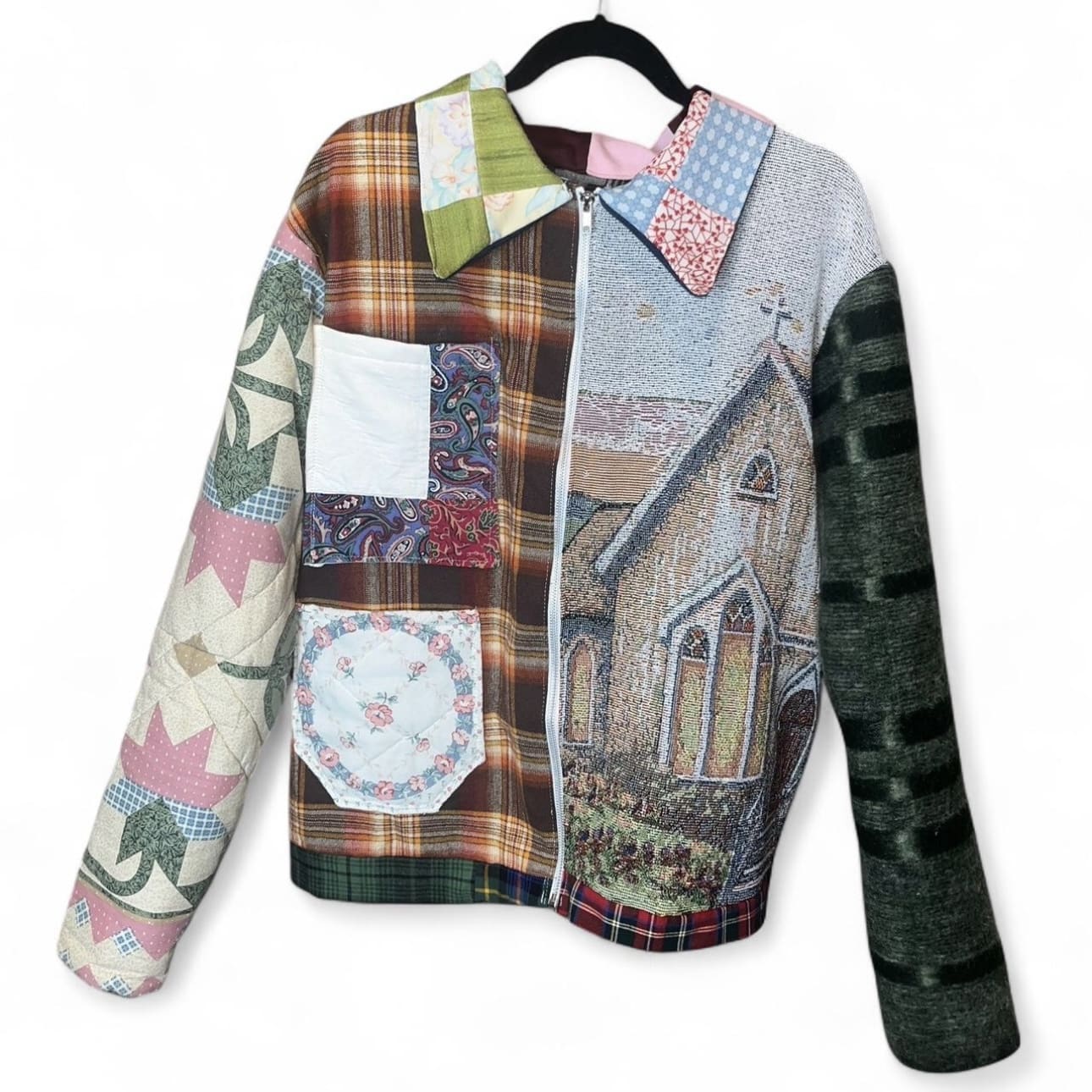In recent years, the world of preppy clothes has faced a growing demand for sustainability, leading to the rise of eco-friendly preppy fashion brands and practices. However, even some of the biggest names in this space have faced environmental scrutiny.
Brands like Tommy Hilfiger, Ralph Lauren, and Nautica have been associated with problematic practices common in the fashion industry. For example, Ralph Lauren and Tommy Hilfiger have been linked to unsustainable practices such as the use of hazardous chemicals in textile production, contributing to water pollution and high carbon emissions. Furthermore, many of these brands have faced accusations of participating in “greenwashing”—making misleading claims about their eco-friendly initiatives while continuing harmful environmental practices.
Despite these challenges, there are promising steps towards change. Many preppy clothing brands are adopting sustainable materials and ethical production processes, offering alternatives to environmentally harmful fast fashion. This article will dive into some of the best eco-friendly preppy clothing brands and the sustainable practices they are embracing to balance style with responsibility.
The Environmental Impact Preppy Clothes and Fast Fashion
Many well-known preppy brands, while iconic for their styles, have faced scrutiny for their environmental impact due to unsustainable practices, use of harmful materials, and lack of transparency in supply chains.
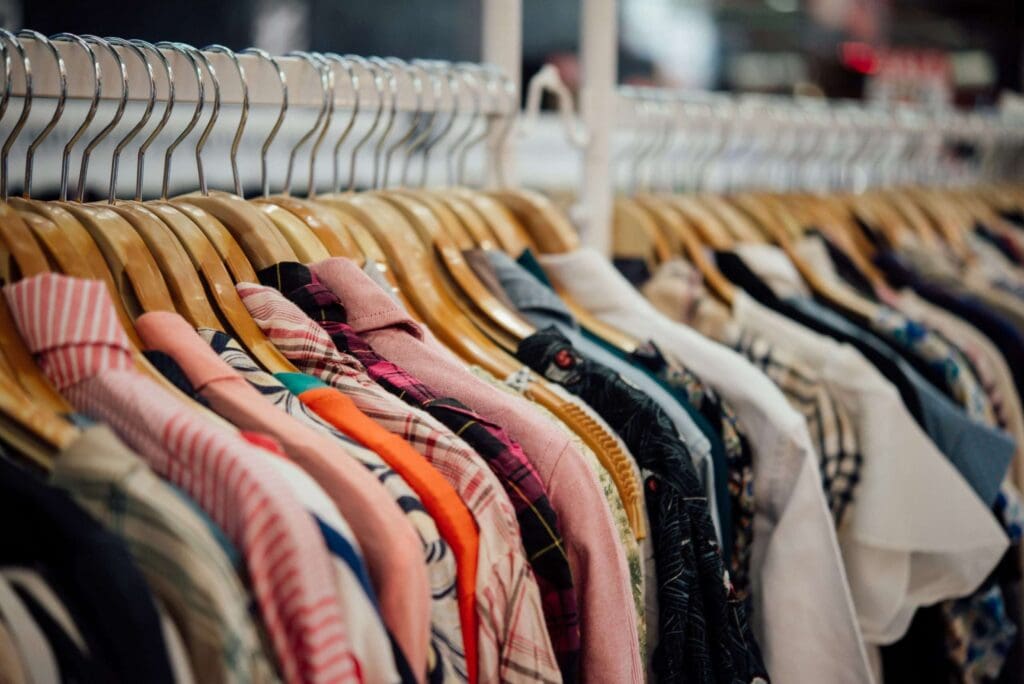
Southern Tide has not prominently addressed sustainability in its public communications, raising concerns about the lack of eco-friendly initiatives. While the brand prides itself on quality and performance, little is known about its environmental efforts, suggesting a gap in the brand’s sustainability journey.
Lilly Pulitzer, famous for its vibrant prints, has also been criticized for not prioritizing sustainable materials or ethical manufacturing. While the brand hasn’t been linked to major environmental scandals, its silence on issues like carbon footprint reduction and material sourcing suggests a missed opportunity in sustainability.
L.L.Bean is making strides to minimize its environmental impact through several initiatives, including using recycled nylon and polyester and eliminating PFAS (a harmful chemical used in water-repellent clothing) by 2024. The company is committed to reducing its greenhouse gas emissions by 50% by 2025 and has implemented sustainable packaging solutions (However, L.L.Bean’s reliance on materials like polyester, which can contribute to microfiber pollution, remains a concern despite the brand’s efforts.
Ann Taylor, a staple in women’s preppy workwear, is part of Ascena Retail Group, which has been criticized for the environmental impact of its supply chain. The company has been relatively quiet on sustainability, with limited information about eco-friendly initiatives, leaving much to be desired in terms of environmental responsibility.
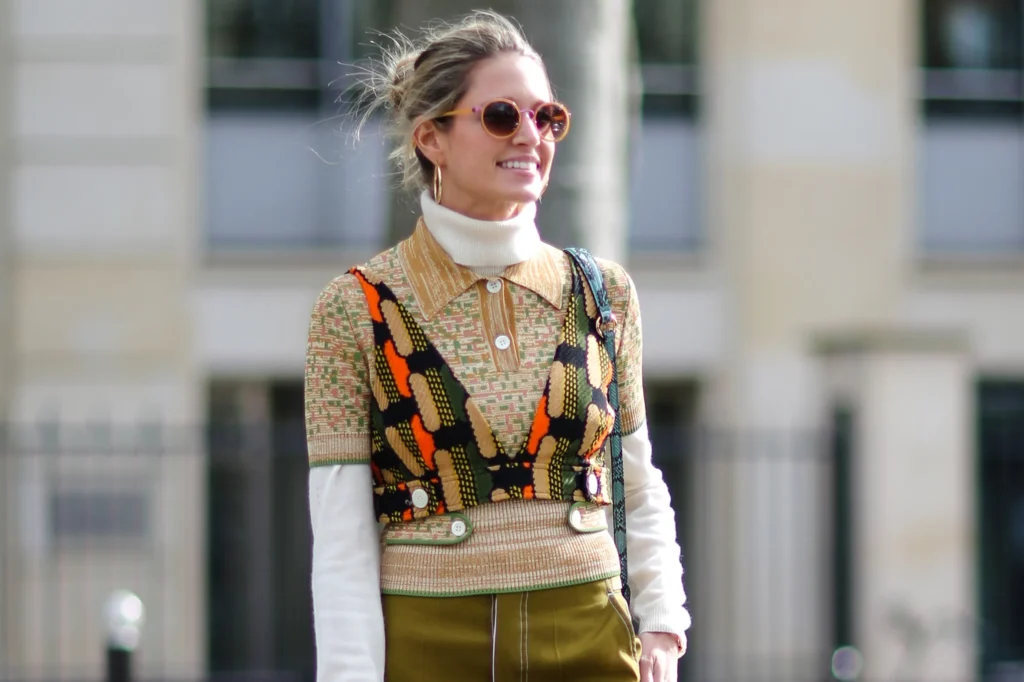
Overall, many preppy brands are lagging in sustainability, but some, like L.L.Bean, are beginning to take steps to mitigate their environmental impact. However, the heavy use of synthetic fabrics and a lack of transparency in their supply chains highlight the need for more meaningful changes.
How to Shop for Preppy Clothes Sustainably
Shopping for preppy clothes sustainably requires thoughtful consideration of both the brands you support and the materials you choose. Here are some key strategies to build a preppy wardrobe that aligns with eco-friendly practices:
1. Look for Sustainable Materials
Opt for clothes made from organic, natural, or recycled materials. Many traditional preppy staples, such as cotton polos and chinos, can be found in organic cotton or recycled fibers. Brands that use responsibly sourced materials like organic cotton, recycled polyester, or ethically sourced wool are better for the environment. For example, L.L.Bean has made a commitment to using recycled materials in its outerwear, which helps reduce waste and reliance on new resources.
2. Support Eco-Friendly Brands
Prioritize brands that actively promote sustainability through eco-friendly practices. Some preppy brands are beginning to incorporate sustainable methods, but others lag behind. Research companies that prioritize ethical production, transparent supply chains, and environmental initiatives. For example, newer preppy brands such as Patagonia have built reputations for their commitment to sustainability, while Vineyard Vines and Southern Tide may require more scrutiny for transparency on their practices.
3. Shop Second-Hand or Vintage
Pre-loved clothing is a great way to shop sustainably. By buying second-hand, you can extend the life of garments and reduce waste. Thrift stores, online marketplaces, and specialty vintage shops often carry classic preppy pieces like blazers, loafers, and button-down shirts, allowing you to curate a timeless wardrobe without contributing to fast fashion.
4. Prioritize Quality and Longevity
Preppy fashion has a timeless appeal, which makes investing in high-quality, durable pieces a sustainable choice. High-quality clothes not only last longer but also reduce the need for constant replacement. Brands like L.L.Bean and Brooks Brothers are known for producing long-lasting garments that, while sometimes pricey, prove cost-effective over time.
5. Check for Certifications
When shopping for preppy clothes, look for certifications like Global Organic Textile Standard (GOTS), Fair Trade Certified, or the OEKO-TEX Standard 100 label. These labels ensure that the clothing meets specific environmental and ethical standards, guaranteeing that your purchase is contributing to sustainable practices.
Shop for Upcycled Preppy Clothes
Upcycled preppy clothes are a niche yet incredibly sustainable option for fashion enthusiasts looking to reduce their environmental footprint. Upcycling involves transforming old or discarded clothing into something new and often more valuable, creatively breathing new life into items that might otherwise end up in landfills. While upcycled garments are more common in streetwear or avant-garde fashion, they’re relatively rare in the preppy clothing space due to the style’s traditional emphasis on clean lines, classic cuts, and polished looks.

However, if you can find upcycled preppy pieces, they are well worth supporting, especially from independent upcycling artists. These artisans often take vintage preppy staples like blazers, button-down shirts, and polo shirts and give them a unique twist—whether through modern tailoring, embellishments, or innovative fabric combinations. Supporting these creators not only reduces waste but also encourages sustainable practices within the fashion industry, pushing traditional preppy fashion toward a more eco-friendly future.
Custom WearHouse is an online marketplace that supports artists who create one-of-a-kind upcycled clothes. Feel free to check out the Custom WearHouse store and see if there are any pieces that you can incorporate into your next preppy outfit.
Preppy Fashion Is Timeless
Preppy fashion has long been celebrated for its timeless appeal, with its crisp, classic styles that never seem to go out of date. From polished blazers to tailored chinos, the preppy look evokes a sense of elegance and tradition.
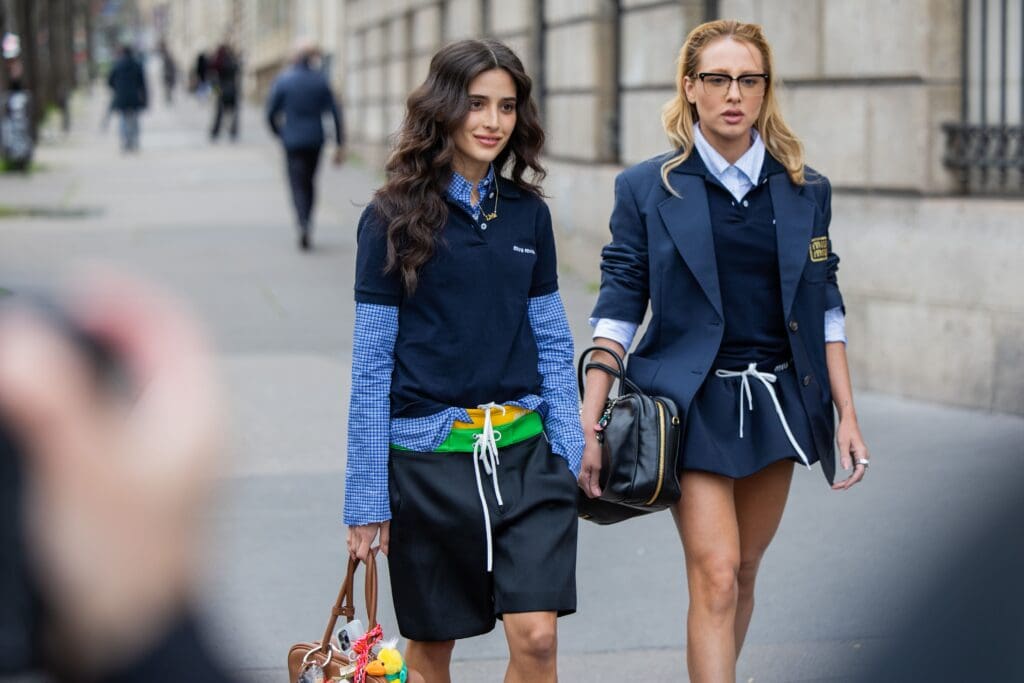
However, for this style to remain relevant in the modern era, it must evolve to embrace more eco-friendly practices. Fast fashion and unsustainable materials contribute heavily to environmental damage, and many iconic preppy brands have been slow to adopt green initiatives. By focusing on sustainable materials, ethical production, and innovative approaches like upcycling, preppy fashion can preserve its timeless charm while becoming more environmentally conscious and future-proof.



